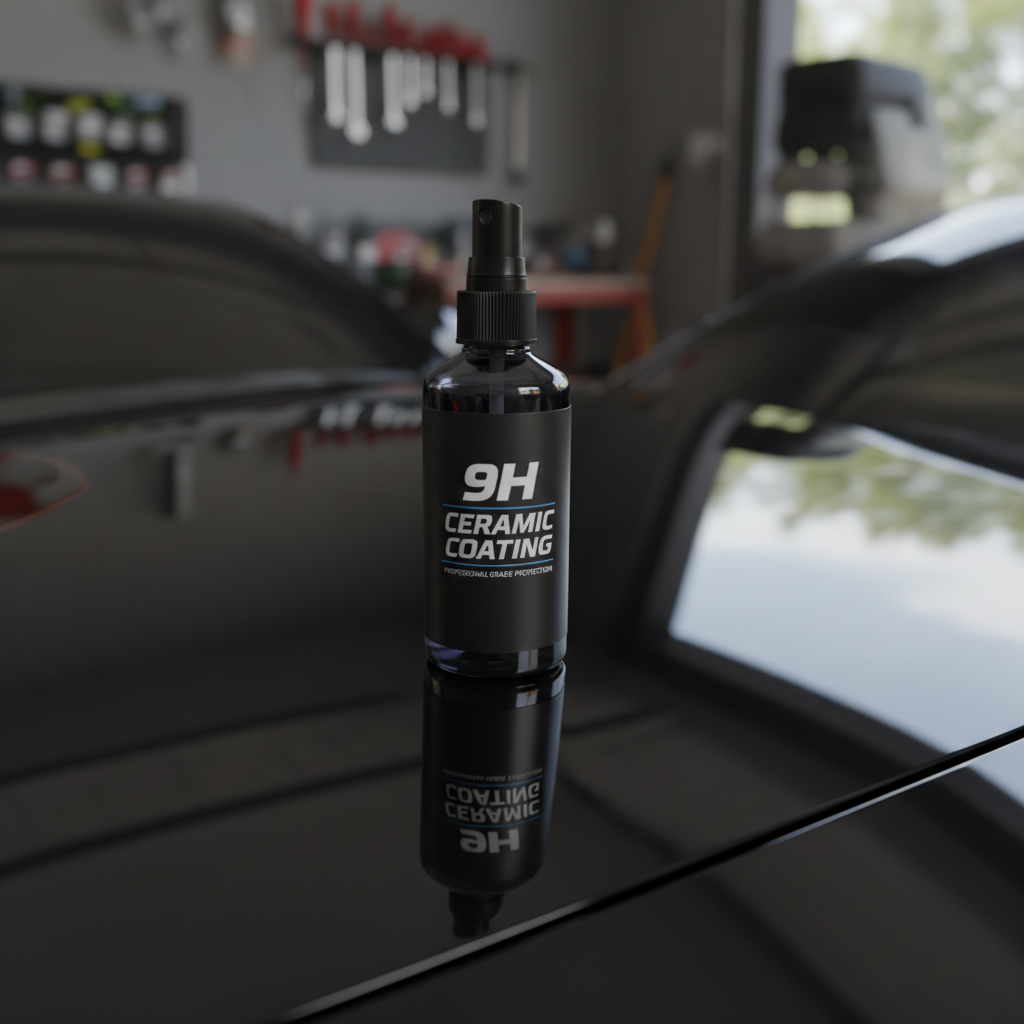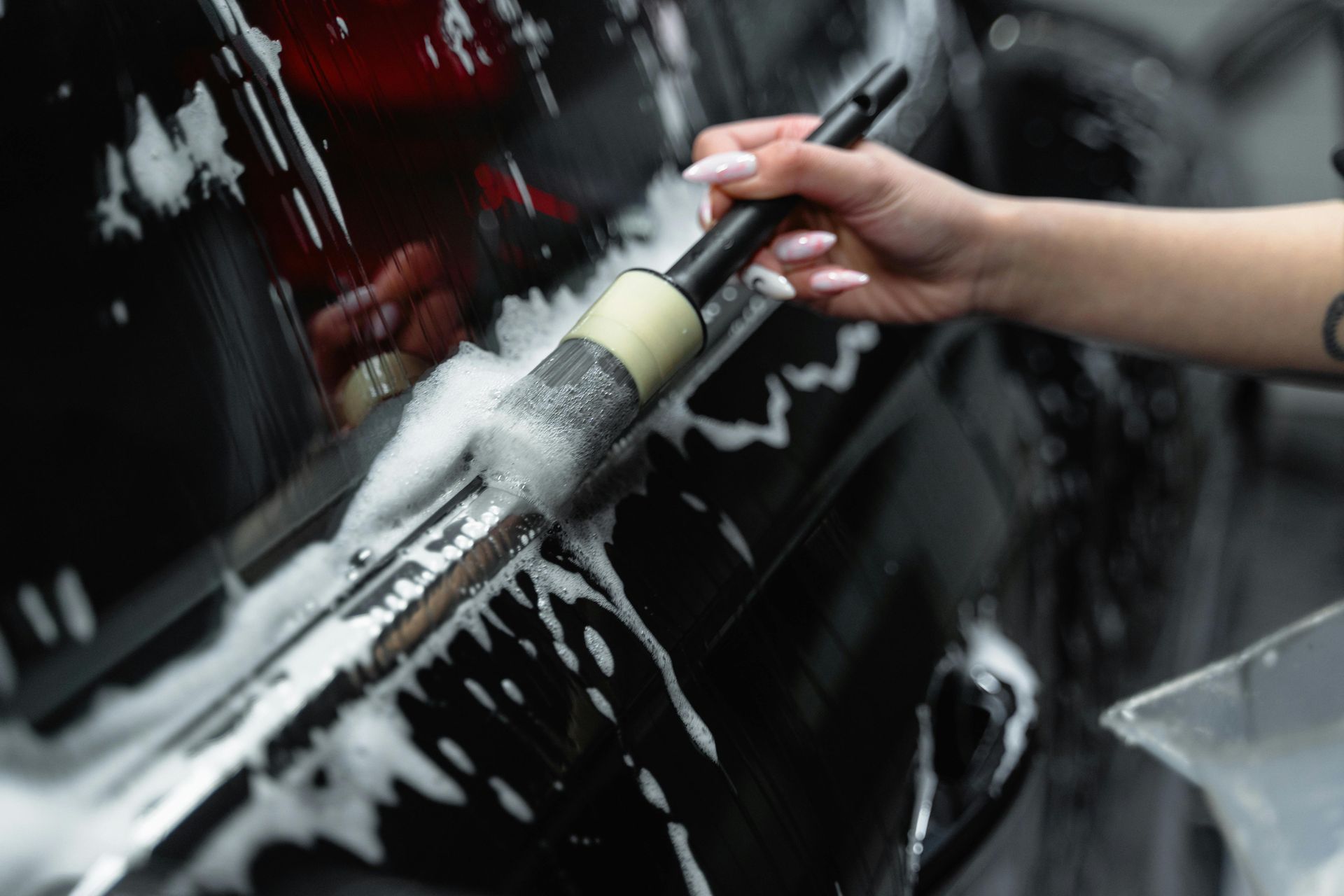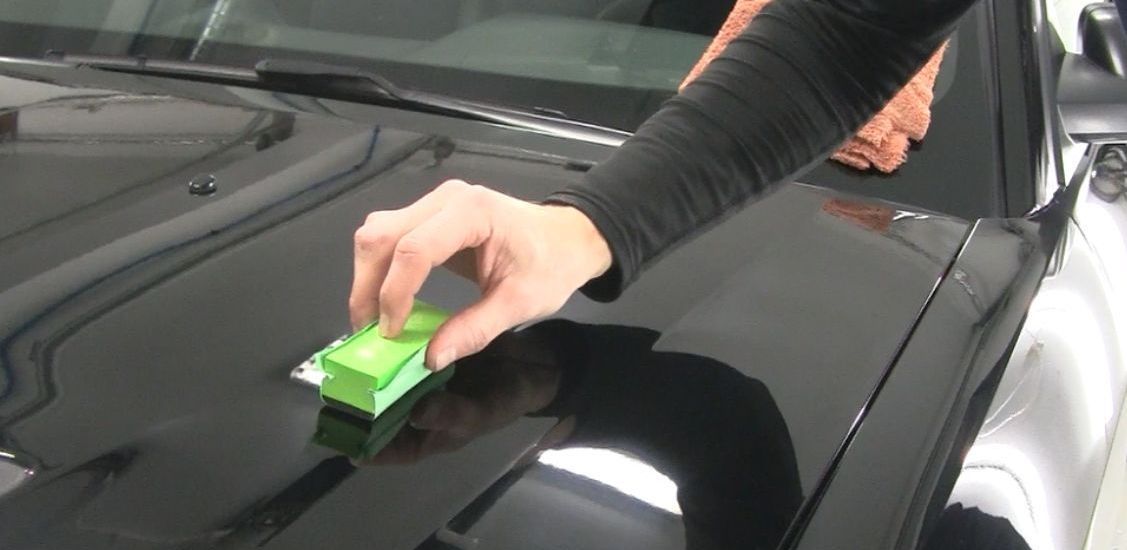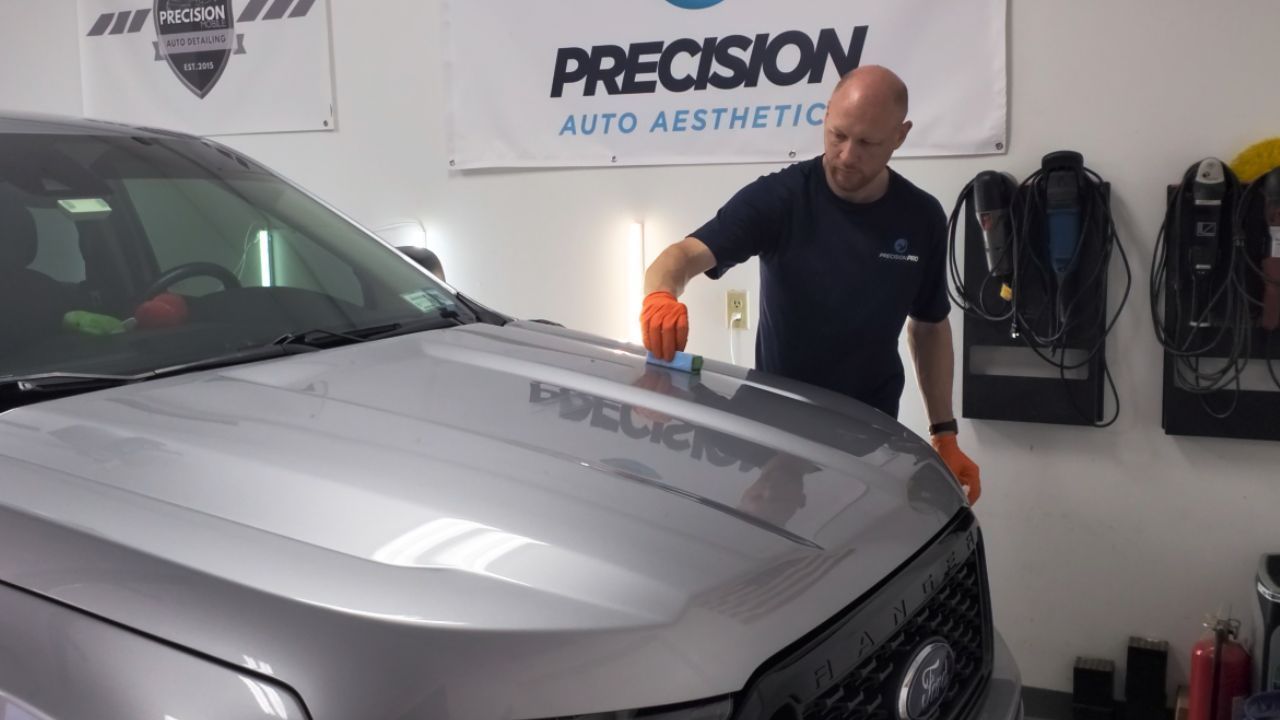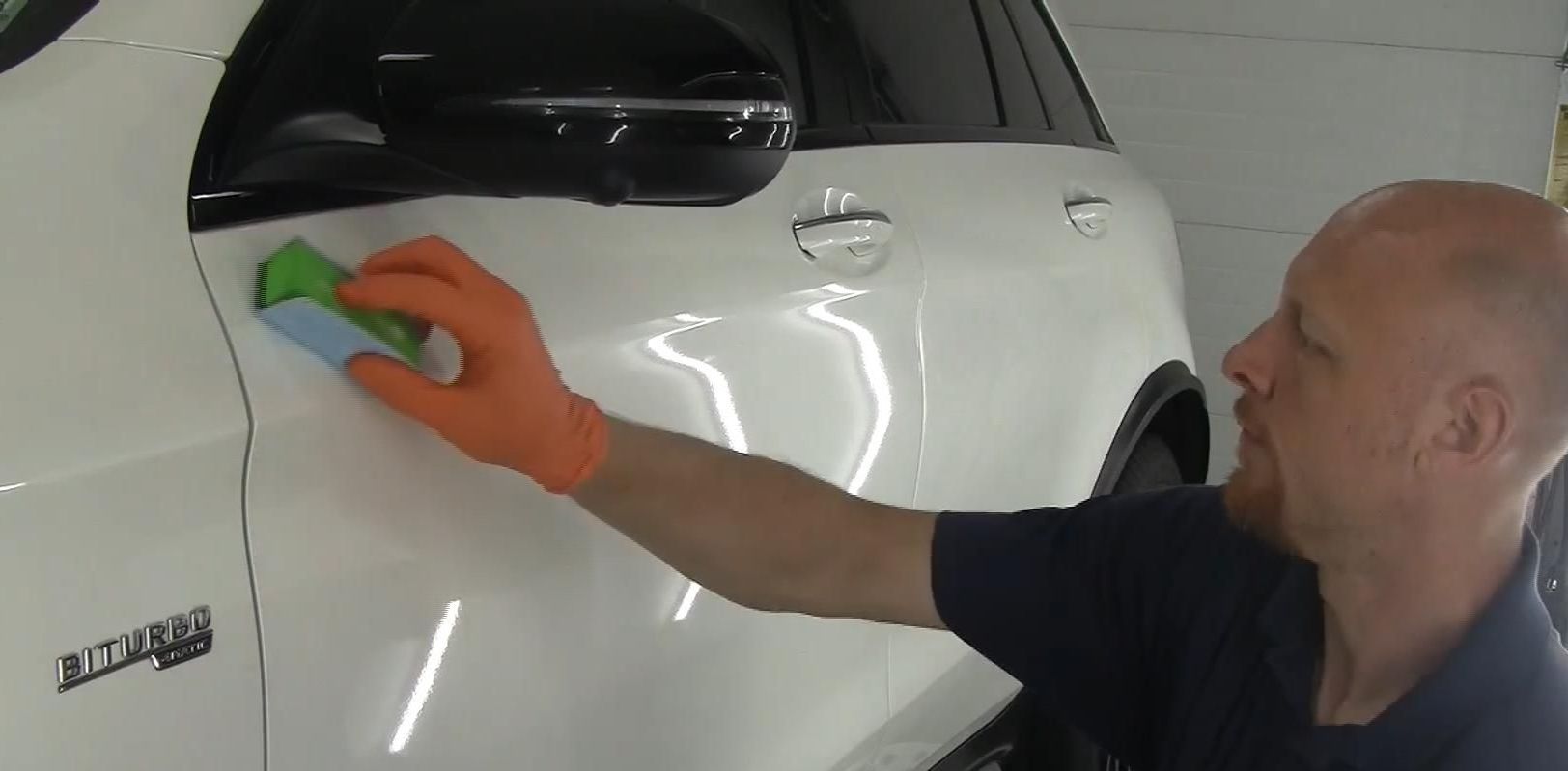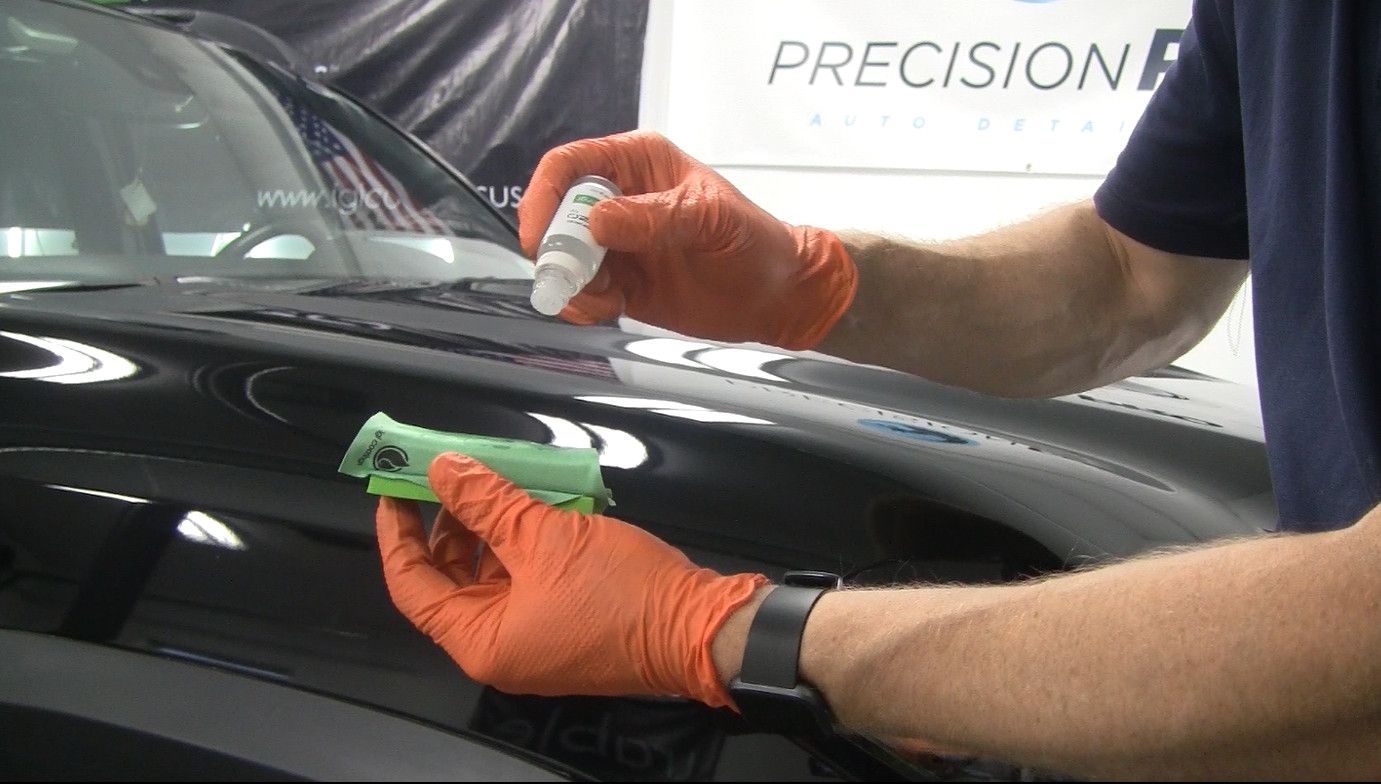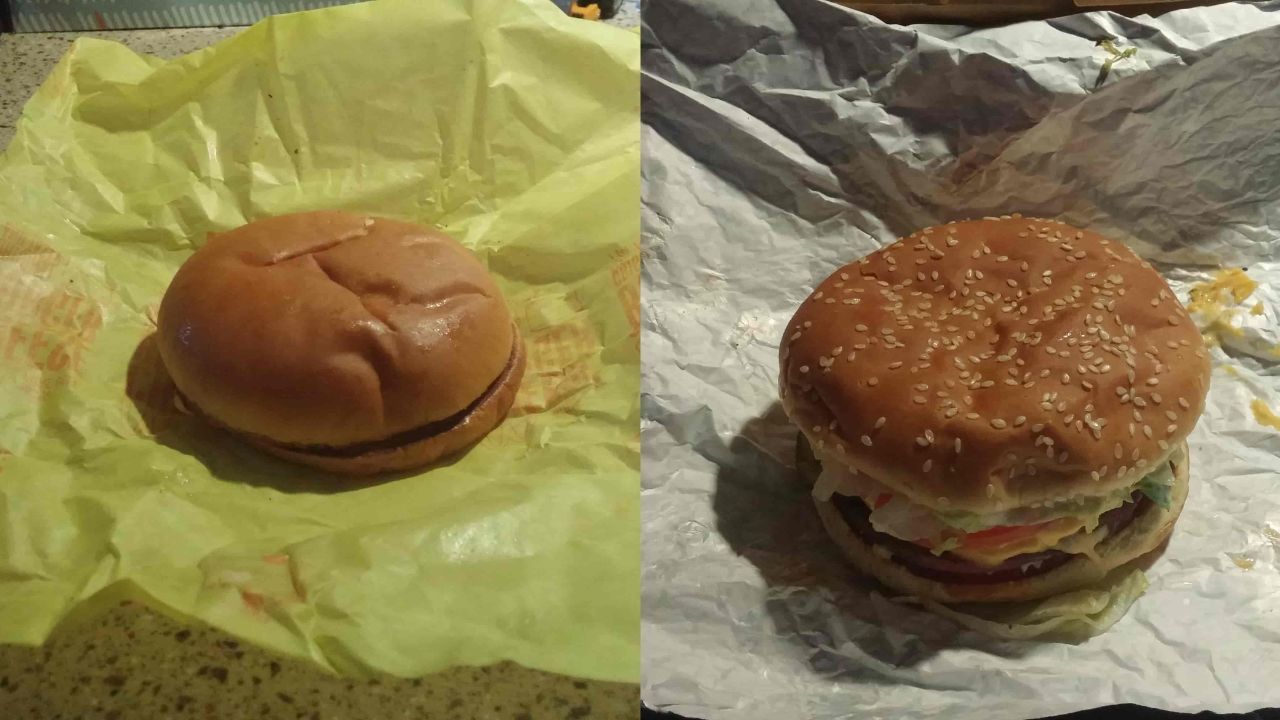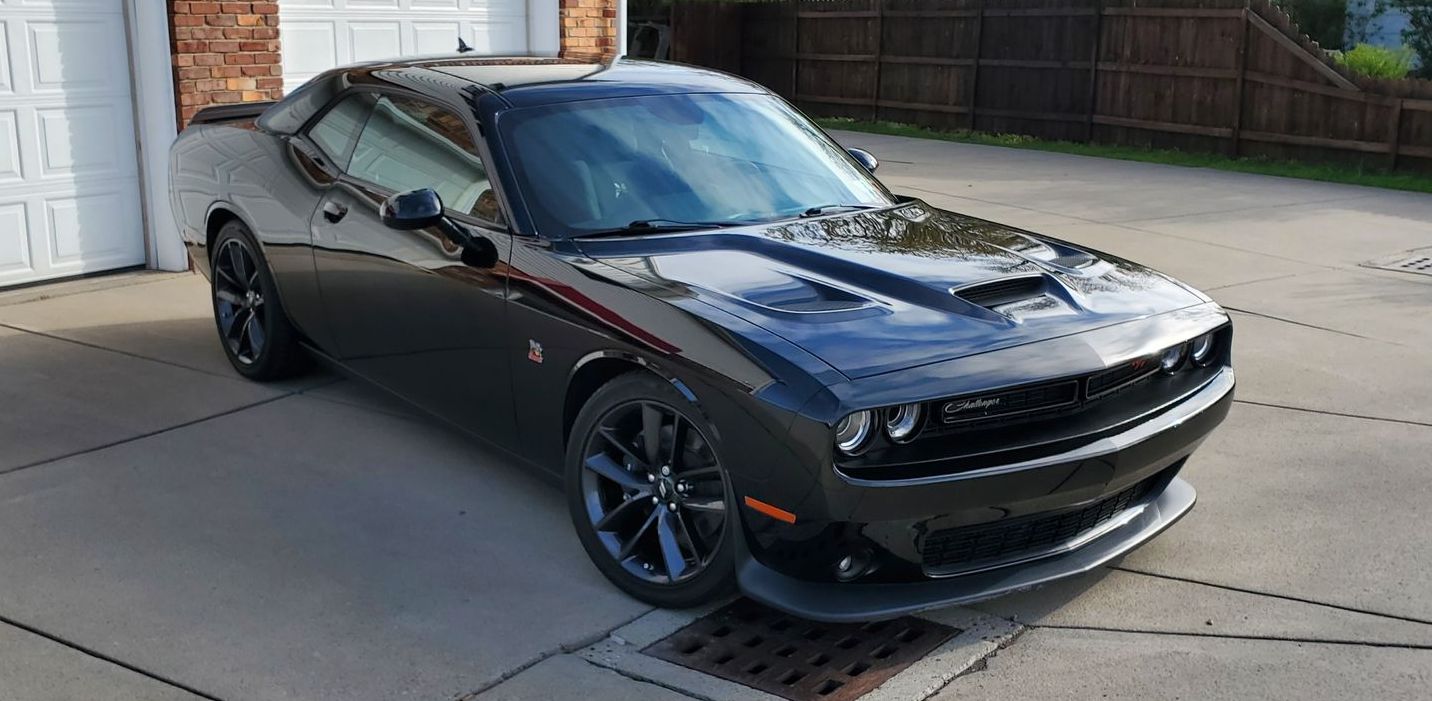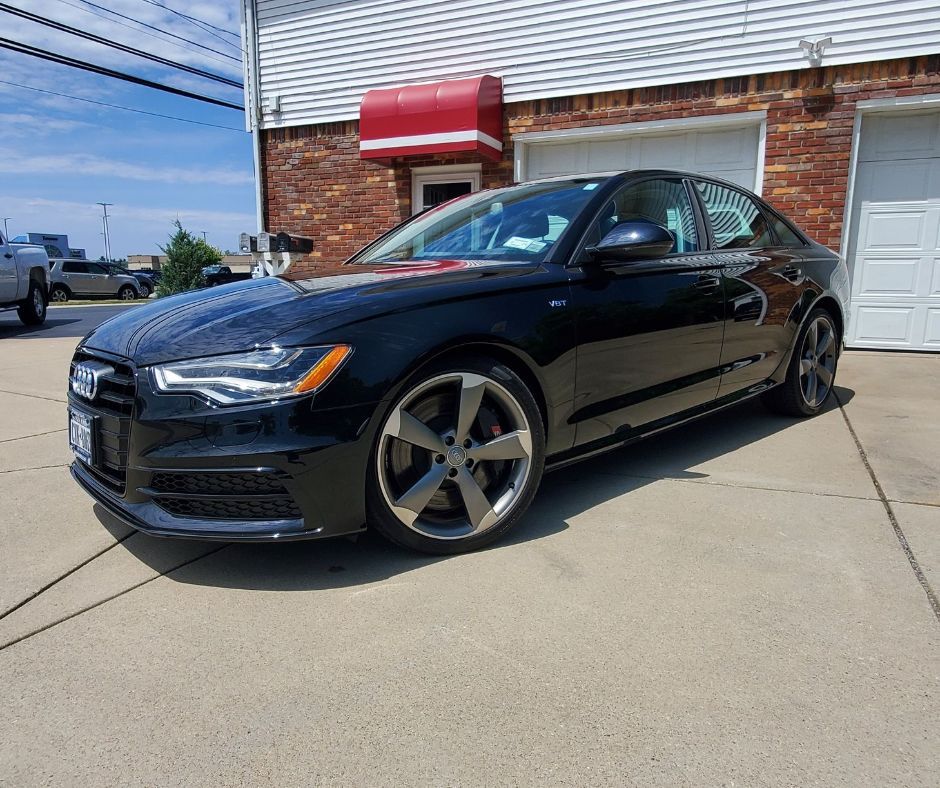Wax vs. Sealants vs. Ceramic Coatings: Which One is Right for You?
Confused About Car Paint Protection?
You’re not alone. With so many products claiming to offer the “best” protection, waxes, paint sealants, ceramic coatings, it’s easy to feel overwhelmed.
Most car owners I talk to want their vehicles to stay shiny and protected, but they’re not sure what works, how long it lasts, or what makes sense for their lifestyle.
Here’s the truth: Each option has its strengths. The right choice depends on your goals, budget, and how much time you want to spend maintaining your vehicle’s appearance.
As a professional in the auto detailing space, I’ve helped hundreds of people understand the difference and find the paint protection that works for them.
In this article, I’ll break down what waxes, sealants, and ceramic coatings really do, how they compare, and how to choose the best one for your situation.
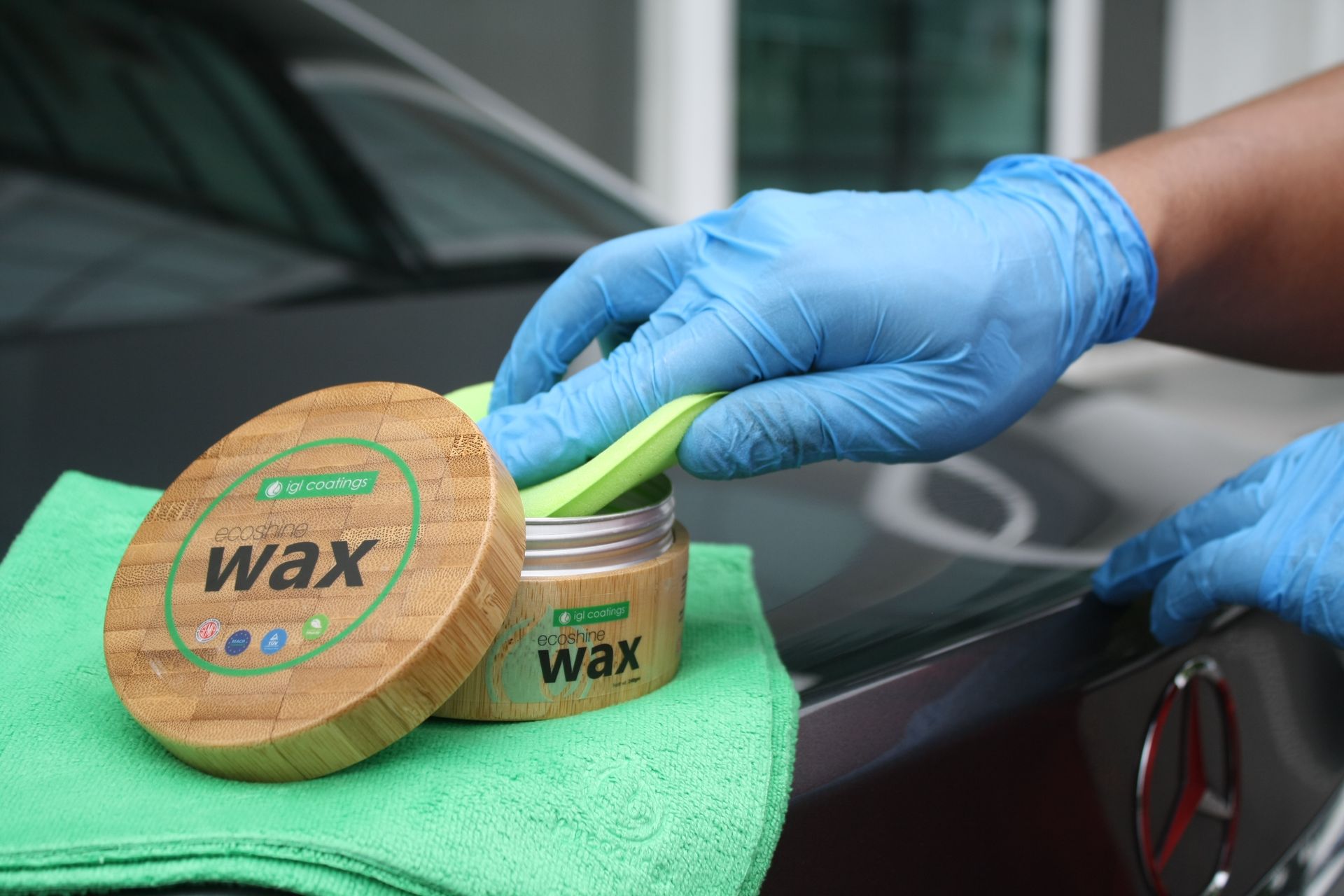
Car Wax: Classic Shine with Short-Term Protection
Car wax has been trusted for decades and for good reason. It delivers a deep, warm shine that makes your paint look rich and vibrant. The most popular ingredient? Carnauba wax, derived from Brazilian palm trees.
But while wax wins on looks, it falls short on durability.
How It Works
Wax creates a protective layer on top of your clear coat. This barrier repels water and light contaminants, and even fills in small scratches and swirl marks. It helps slow oxidation and prevents sun-induced fading.
Types of Wax
- Paste Wax: Longest-lasting and deepest shine ( 1-3months). Takes more effort but worth it for enthusiasts.
- Liquid Wax: Easier to apply, lasts 2–4 months.
- Spray Wax: Fastest option, good for touch-ups. Lasts 1–3 weeks.
Important Tips: Most quality waxes need reapplication every 2–3 months. For natural carnauba waxes, it's closer to 1-4 weeks. Your mileage will vary greatly depend on the climate you're in and maintenance habits.
I can get a good quality, hard paste wax to last 6+ months. That was with regular bi-weekly maintenance.
How to Tell It’s Time to Re-wax
Try the water beading test. If water forms tight, round beads, you're protected. If it spreads or pools flat, it’s time to reapply.
Pros:
- Rich, glossy finish
- Affordable
- DIY-friendly
Cons:
- Short lifespan
- Not heat-resistant
- Requires frequent maintenance
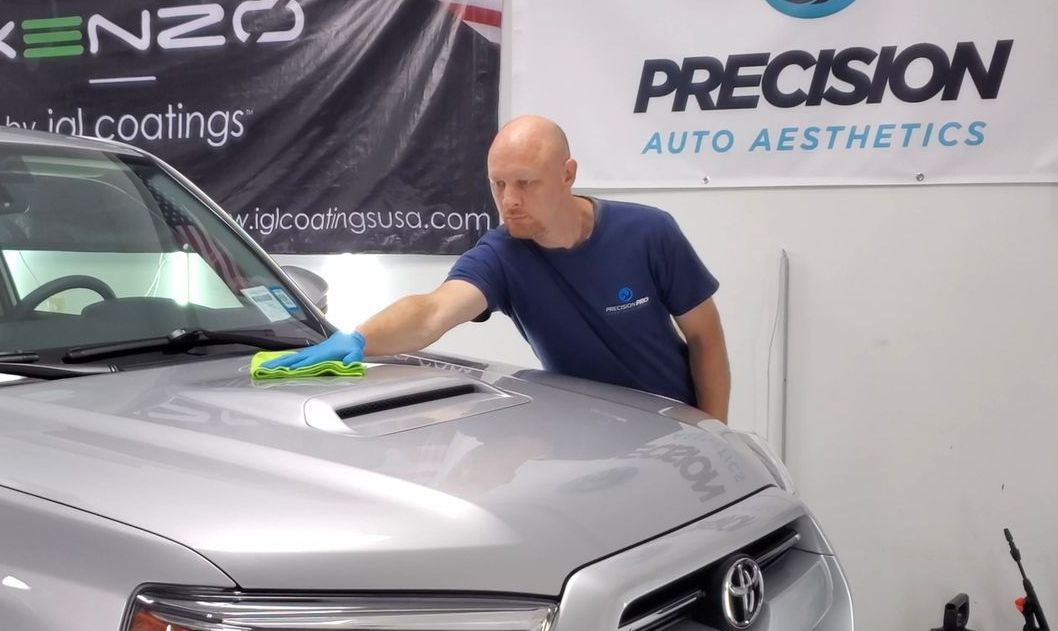
Paint Sealants: Balanced Protection with Less Upkeep
Paint sealants are a great middle ground between wax and ceramic coatings. They’re made of synthetic polymers and resins designed to bond with your paint, offering protection that wax simply can’t match.
How It Works
Sealants bond to your clear coat and create a slick, high-gloss barrier. This shield resists UV rays, acid rain, road salts, and environmental fallout.
How Long They Last
A properly applied sealant can last 6–12 months, depending on conditions and maintenance.
Appearance Note
Sealants deliver a more “glass-like,” modern shine rather than the rich warmth of wax. Many car owners love this on newer vehicles or darker paint colors.
Application Types
- Paste or liquid sealants are common and work like wax.
- Spray versions are usually a spray on and wipe off.
Pro Tip: Hybrid Layering
Some detailers and DIY car enthusiasts apply a sealant first, then top it with wax. This gives you the durability of synthetic protection and the aesthetic of carnauba gloss.
Pros:
- Longer-lasting than wax
- Strong UV and chemical resistance
- Easier maintenance
Cons:
- Less visual depth than wax
- More expensive than wax
- Still needs periodic reapplication
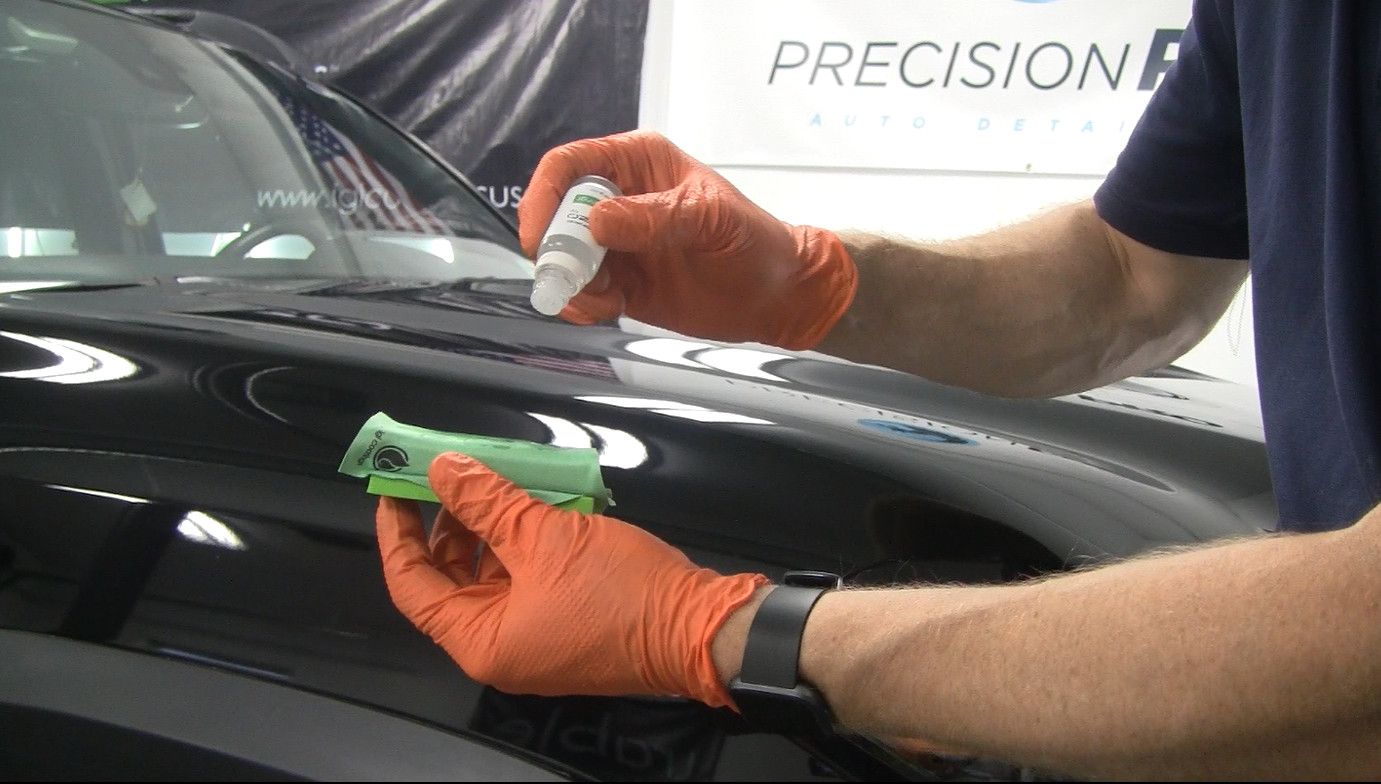
Ceramic Coatings: Long-Term, High-End Protection
"Automobile ceramic coating represents a significant leap in car paint protection, offering superior durability, aesthetic enhancement, and ease of maintenance... these solutions form a semi-permanent bond, providing robust defense against UV rays, chemical contaminants, and minor abrasions, while delivering lasting gloss." - IGL Coatings USA
If you’re looking for maximum protection and minimal upkeep, ceramic coatings are the top-tier choice. Unlike wax and sealants, ceramics bond at the molecular level to your vehicle’s paint, creating a semi-permanent layer.
How It Works
Think of ceramic coating as a hard shell that becomes part of your car’s surface. It repels water, dirt, chemicals, bird droppings, and even UV rays.
Water and grime simply slide off the surface, making your car easier to clean and helping it stay cleaner longer.
Chemical Resistance
Unlike wax or paint sealants, ceramic coatings can protect your vehicle's paint from the acid in bird droppings and the enzymes in bug guts. Something wax and sealants can't do. They create an effective barrier giving you enough time to clean them up before they can even harm the ceramic coating.
Application Process
- DIY or professional installation
- Involves paint correction, decontamination, and a clean, dust-free environment
- Skipping prep risks sealing in flaws permanently
Cost vs. Value
Ceramic coatings have a higher upfront cost, but they last 2–5+ years and reduce ongoing maintenance. For serious car owners, that can be a worthy trade-off.
Pros:
- Longest-lasting protection
- Chemical and UV resistance
- Hydrophobic and self-cleaning
Cons:
- High initial investment
- May need professional installation
- Not scratch-proof (a common myth)
At-a-Glance Comparison: Wax vs. Sealant vs. Ceramic
| Feature | Wax | Sealant | Ceramic Coating |
|---|---|---|---|
| Protection Duration | 3-6 weeks | 6-12 months | 1-5+ years |
| Heat Resistance | Low | Moderate | High |
| Shine Type | Warm/deep | Glossy/glass-like | Rich, slick |
| DIY-Friendly | Yes | Yes | No |
| Cost | Low | Moderate | High |
| Maintenance | High | Moderate | Low |
So, Which Protection Should You Choose?
If you love detailing your car yourself and want that classic shine, wax is a great fit. Just know you’ll need to reapply often.
If you're looking for something that lasts longer, low effort, and you'll only need to reapply 2-4 times a year, a paint sealant would be a safe bet.
If you’re serious about long-term protection, minimal upkeep, and keeping your car looking showroom-fresh, ceramic coatings are the way to go.
Clean. Protect. Maintain.
Now you understand the key differences between waxes, sealants, and ceramic coatings and what might be a better fit for your needs.
If you've been unsure what to use, or frustrated by poor results, this breakdown should clarity your options and save you time and money.
Still not sure? I'd be happy to take a look at your car and make a recommendation tailored to your budget and maintenance habits.
I've helped hundreds of car owners choose smarter protection plans and I can help you find the one you'll actually keep up with.
Fill out our contact form, and I'll be in touch to answer your questions.
Common protection questions
What are the main differences between wax, sealants, and ceramic coatings?
Wax offers a deep shine but fades fast. Sealants offer longer protection and easier maintenance. Ceramic coatings last years and offer top-tier defense.
How long does each type last?
Wax: 3–6 weeks.
Sealant: 6–12 months.
Ceramic coating: 2–5 years.
Are ceramic coatings worth the cost?
Yes, if you want long-term protection, reduced cleaning, and superior resistance. It pays off over time.
Can I apply them myself?
Wax and sealants: Yes.
Ceramic: Best left to professionals due to the prep work required.
How do they affect appearance?
Wax: Rich, warm glow.
Sealants: High-tech glass-like finish.
Ceramic: Deep, reflective, and very slick-looking.

